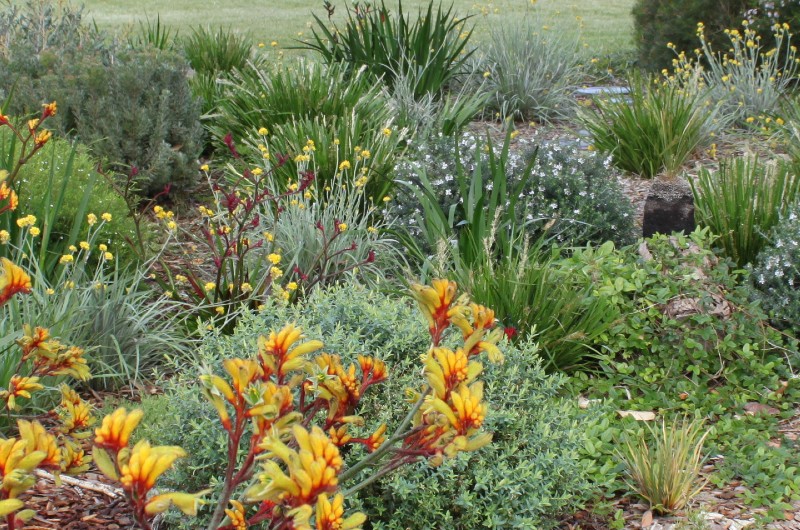After being selected as the winner of a recent competition to find inspiring waterwise verges around Perth, Kerry explained how he transformed his verge from a dusty patch of sand into a stunning display of thriving native plants.

Waterwise verge competition winner, Kerry
What's so wise about a waterwise verge?
There are so many benefits to a waterwise verge garden, but perhaps the best part is how low maintenance they can be. By choosing hardy plants, you'll find yourself with extra time on your hands by not needing to water or mow your verge.
Then, there’s the water you'll save. If done right, a waterwise verge garden can save lots of water. In fact, if you prepare the soil correctly and choose the right plants, you won’t need to irrigate your verge at all!
In addition to being an attractive feature for your streetscape, a verge garden will also create a cooling effect and counteract ‘heat island’ effects in summer. This supports biodiversity by providing habitat for local wildlife.
How Kerry went about his verge transformation
Preparation is key
Kerry explains the first and most important thing he did was work on the water-repellent soil, which is quite common in Perth.
This involves digging holes twice as large as the pots (from which the plants came in), and mixing in a soil wetting agent around the root system before planting (Kerry finds both granules and liquid forms to work well). Thanks to the soil wetting agent, all the plants require is an occasional bit of hand watering to keep them going.
Work with your environment
Consider the local conditions of where you live and work with them, not against them.
Kerry’s street happens to be quite windy, so he strategically chose taller grasses to line the edges of the garden, providing a windbreak and protection to other plants.
Plant choice is very important, because the aim is to create a low maintenance garden to look good all year round. Kerry recommends sticking to Australian native plants because they’re tough and well suited to our climate. In addition to needing less water, native plants support local wildlife and bees.

Kerry's waterwise verge
Don't forget the mulch
You don’t want your work to go to waste, so protect it with mulch. By applying a nice thick layer of chunky mulch (the chunkier the better), you’ll be locking in moisture into the soil, inhibiting weed growth and protecting the roots of your plants.

